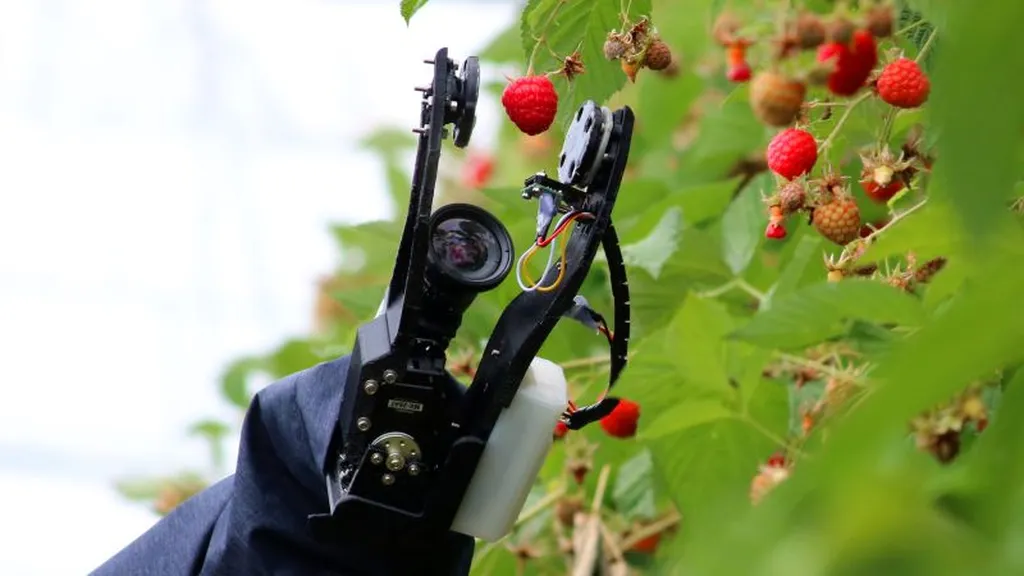In the heart of China’s agricultural innovation, a team led by Hongtu Zhang from the College of Engineering at China Agricultural University is tackling a pressing global issue: the labor shortage in the pear industry. Their focus? Developing robots that can harvest pears with the same precision and care as human workers. This isn’t just about replacing labor; it’s about revolutionizing the way we approach fruit harvesting, and the implications for the agricultural sector are profound.
The team’s research, published in the journal *Agronomy* (translated from Chinese as “Agronomy”), delves into the three key technologies that make pear harvesting robots possible: recognition, positioning, and the end effector—the part of the robot that interacts with the fruit. Each of these technologies has seen significant advancements, but challenges remain.
“Traditional recognition methods are limited by lighting conditions and occlusion errors,” explains Zhang. “But deep learning models, like the optimized YOLO series and two-stage architectures, have significantly enhanced robustness in complex scenes and improved handling of overlapping fruits.” This means that robots can now better identify and locate pears, even in the most challenging environments.
Positioning technology has also evolved, moving from 2D pixel coordinate acquisition to 3D spatial reconstruction. By integrating posture estimation using binocular vision and IMU (Inertial Measurement Unit), the robots can better navigate and avoid occlusion issues. This is a significant step forward in ensuring that the robots can accurately reach and harvest the fruit without causing damage.
The end effector, the part of the robot that actually picks the fruit, comes in various forms: gripping–twisting, shearing, and adsorption (vacuum negative pressure). Each method has its advantages and challenges, with the team noting that fruit skin damage and positioning bottlenecks are still areas that need improvement.
Despite these challenges, the potential for pear harvesting robots is immense. “In the future, we expect breakthroughs through the integration of agricultural machinery and agronomy, multi-arm collaborative operation, lightweight algorithms, and 5G cloud computing,” says Zhang. This could lead to increased harvesting efficiency, reduced fruit damage rates, and lower equipment costs—all of which are crucial for the commercial viability of these robots.
The research highlights the importance of interdisciplinary collaboration. By combining advances in robotics, computer vision, and agricultural science, the team is paving the way for a future where robots play a vital role in our food production systems. This could have significant implications for the energy sector as well, as more efficient harvesting methods could lead to reduced energy consumption and lower carbon emissions.
As the global population continues to grow, the demand for food will only increase. Innovations like these are not just about keeping up with demand; they’re about setting a new standard for sustainability and efficiency in agriculture. The work of Zhang and his team is a testament to the power of innovation in addressing some of the most pressing challenges of our time. With continued research and development, the future of pear harvesting—and agriculture as a whole—looks brighter than ever.

